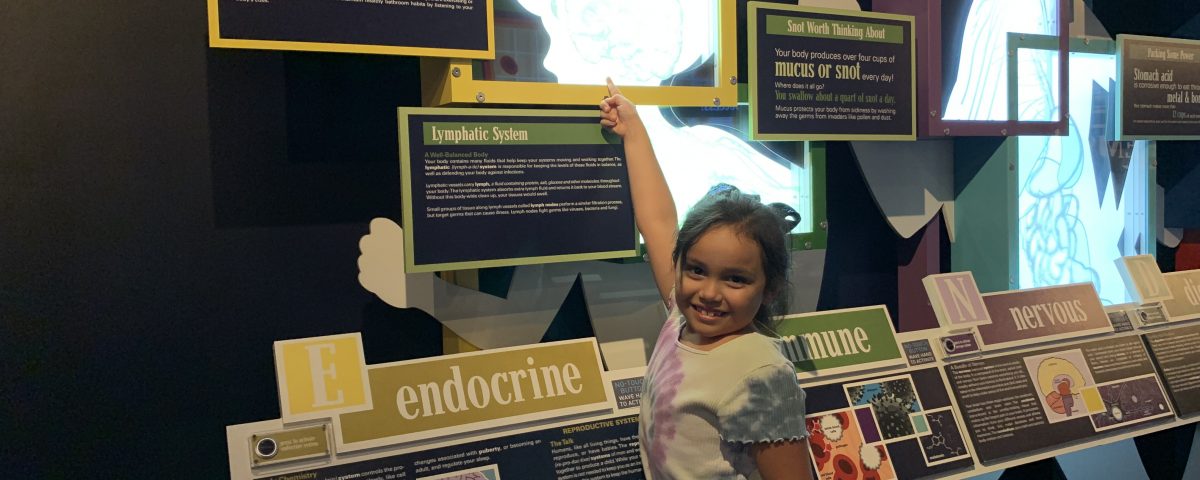How Museums Are Vital to the Education of Children

Employee Spotlight: Meet Vice President of Visitor Engagement, LaRoe Adams
August 24, 2022
Dinosaur Descendants: Tonca’s Reptile Relatives
August 24, 2022Authored by guest writer: Jarndace Violet
Remember how you used to take field trips as a class to the local museum? You’re not alone! Museums are visited approximately 55 million times every year by groups of students, and spend over $2 billion each year on education activities.
But why? Why do museums matter so much when it comes to educating the next generation of young learners? Let’s tackle the primary reasons below.
Encourages active participation
Children are naturally curious, and the novelty of the museum is like a playground of knowledge. What children learn in school through a book or video on dinosaurs can pale in comparison next to the auditory and visual experience of the dinosaur exhibit at MOSH, for example.
Activities at museums encourage kids to ask questions while simultaneously building listening skills. Teachers can encourage active learning, which has been proven to yield better exam scores, through museum trips. Educational trips to museums provide an easy platform for the gears in a young child’s mind to warm up and shift into motion and drive their own learning.
Opens up new horizons
Bringing kids to a museum shows them that the world is full of fascinating things to learn outside the confines of the classroom. This fosters new areas of thought and exploration, shaping the interests of a young mind.
However, a foreign environment can also be intimidating to most, especially younger kids. That is why guides like parents, teachers and especially, museum curators, are there to help.
A museum curator has an important role in a museum because they are trained to specially educate the public about their collections. Most educational trips are coordinated with curators to assist in the events and activities. Curators are experts who can answer the questions of the kids in depth while showing them the right way to interact with the artifacts and displays.
Includes hands-on activities for learning
Many museums cater to younger minds by providing child-friendly exhibits. These exhibits are interactive and allow kids to understand concepts better and effectively apply them in their daily lives.
Take Florida Naturalist’s Center as an example, which houses animals that are native to Northeast Florida. A child who is interested in reptiles can personally interact with hard-shelled tortoises and turtles in MOSH’s Little Learners: Totally Turtles. Organized by the museum, these programs are complete with activities and professional guides to offer a safe learning channel where your child’s interest in STEM and the world can be properly nurtured.
When done right, the experience of visiting a museum doesn’t just help teach the state and local curricula but also shapes the social and emotional thinking of a young child. This helps them grow up into a well-rounded adult. As health restrictions lighten up, don’t hesitate — plan your next trip to the museum with your little learners today!


